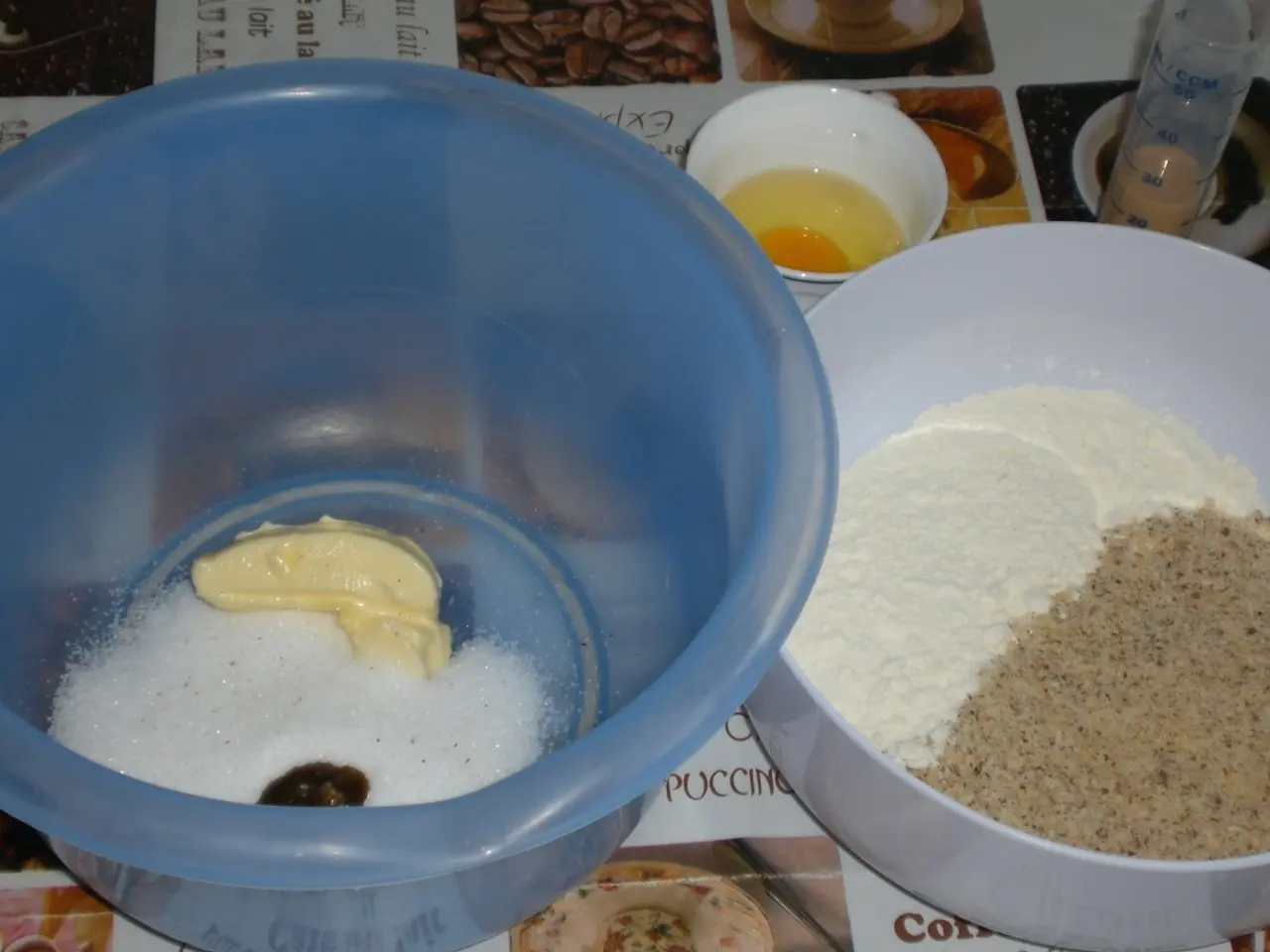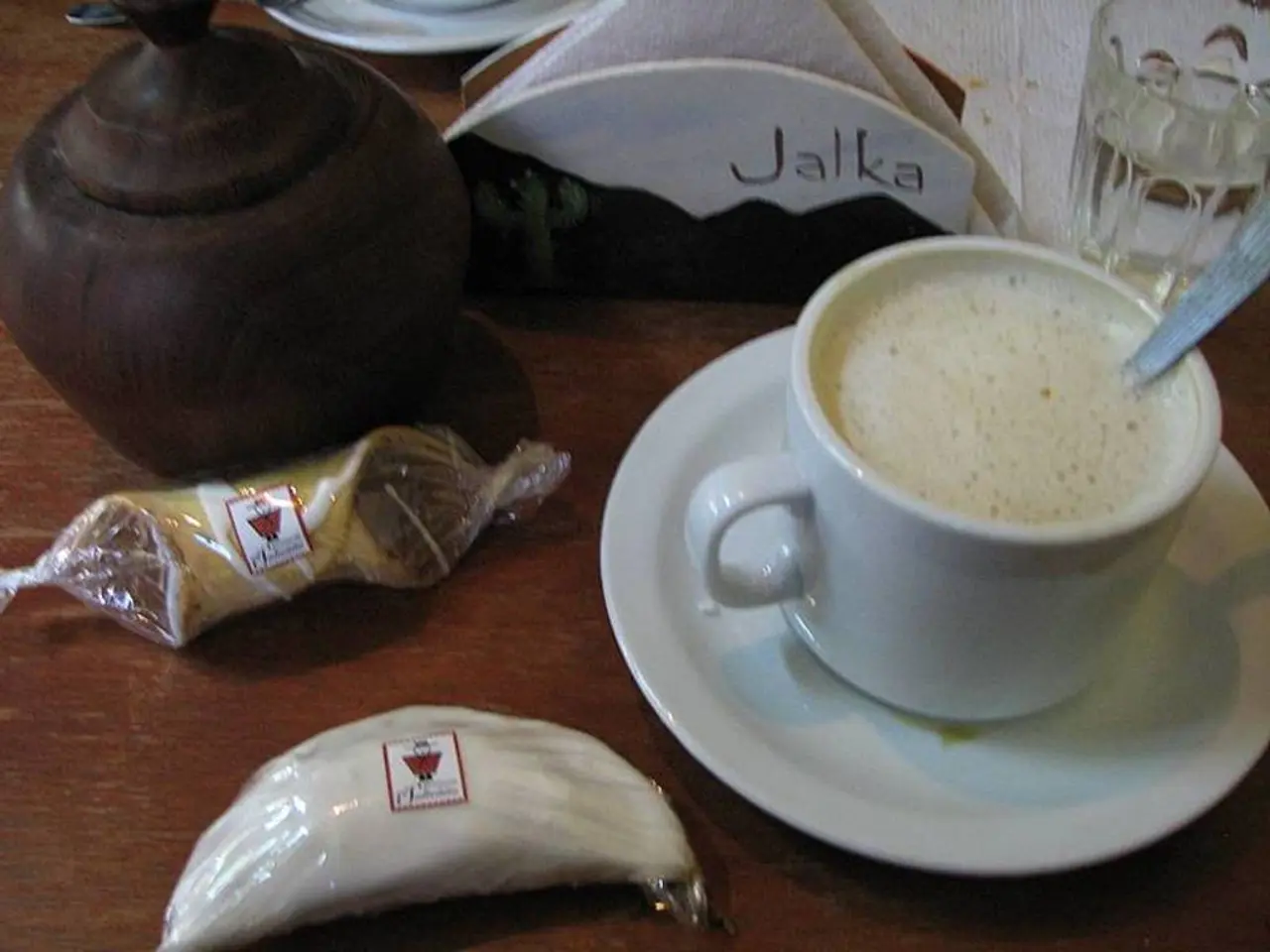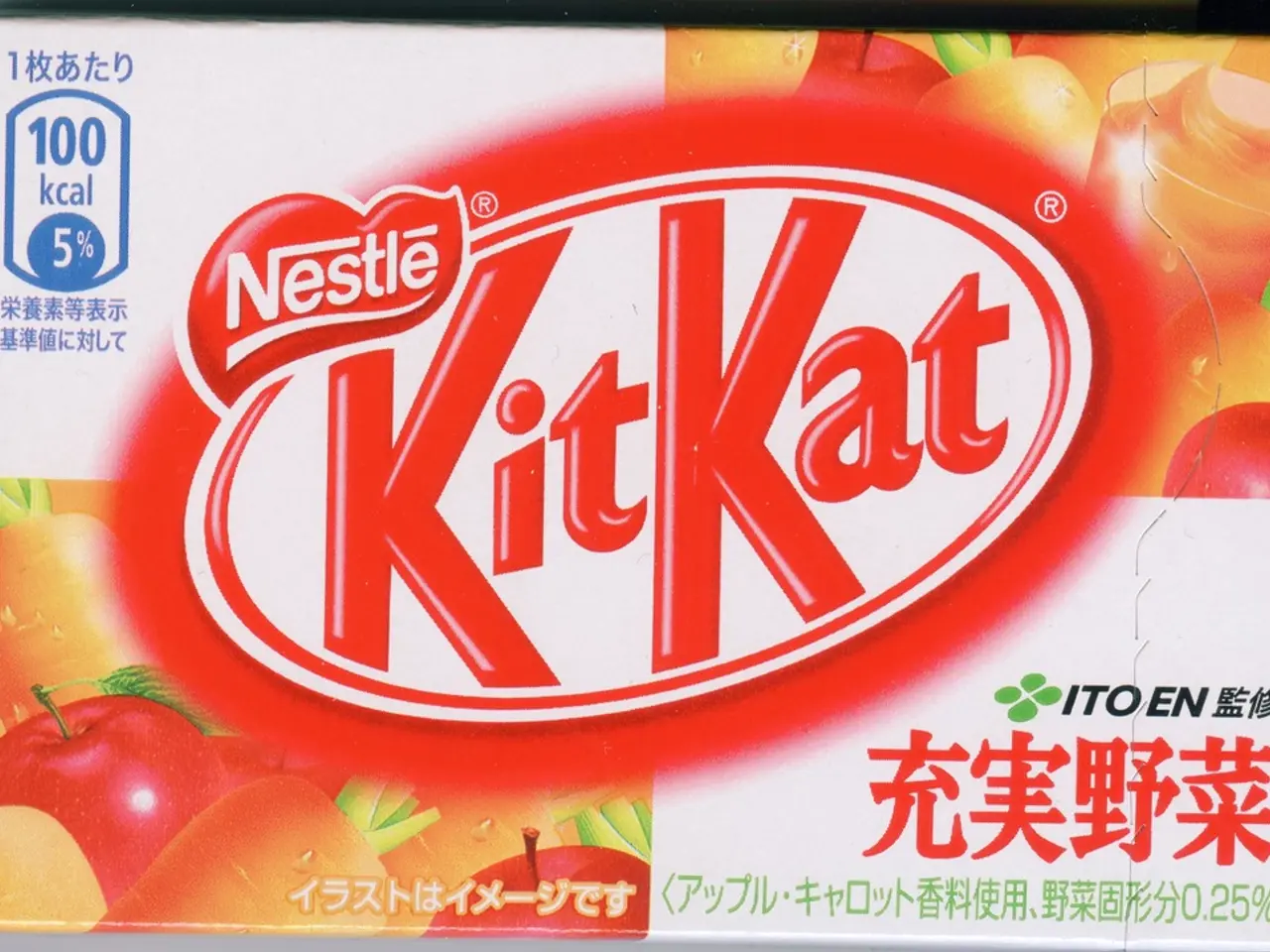Cholecystitis: Signs, triggers, identification, and management
Cholecystitis, an inflammation of the gallbladder, is a common condition that can lead to serious complications if left untreated. The primary cause of cholecystitis is the presence of gallstones or biliary sludge blocking the gallbladder's opening.
In most cases, with appropriate treatment, people with cholecystitis can recover and have a good outlook. However, in rare cases, surgical complications can occur. Cholecystitis symptoms can vary, with acute cholecystitis starting suddenly and characterised by intense, unrelenting pain, while chronic cholecystitis symptoms occur primarily in the evenings or at night and tend to appear gradually over weeks or months.
Several risk factors may increase the risk of developing acute cholecystitis, including diabetes, history of a critical illness or physical trauma, prolonged fasting, shock, immune deficiency, vasculitis, rapid weight loss, obesity, older age, pregnancy, being assigned female at birth, being of Hispanic or Pima Indian descent, and a high body mass index (BMI).
One of the most severe complications of acute cholecystitis is gallbladder perforation, which occurs when the gallbladder wall weakens and ruptures, causing bile leakage into the abdominal cavity. This can lead to peritonitis, a severe infection and surgical emergency. Another serious complication is gangrene of the gallbladder, where prolonged inflammation impairs blood flow, leading to tissue death in the gallbladder wall, increasing the risk of perforation and systemic infection.
Infection from the gallbladder can spread into the bloodstream, causing sepsis, a critical condition characterized by widespread inflammation and organ dysfunction. Blockage and infection can also extend to the bile ducts (cholangitis) or pancreas (pancreatitis), leading to additional inflammatory complications and systemic illness. Chronic inflammation from untreated cholecystitis can even raise the risk of gallbladder carcinoma over time.
These complications underscore the importance of timely management, usually involving cholecystectomy (gallbladder removal), which is definitive treatment to prevent progression. In cases where surgery is not immediately feasible, percutaneous drainage may be employed as a temporizing measure.
It's crucial to note that cholecystitis can also occur when biliary sludge collects in the biliary ducts. Measures can reduce the risk of developing gallstones, which can decrease the likelihood of cholecystitis, such as avoiding saturated and trans fats, keeping to regular meal times, getting regular physical exercise, losing excess body weight, avoiding rapid weight loss, and aiming to lose about 0.5 kilograms (kg) to 1 kg per week.
In summary, untreated cholecystitis can lead to gallbladder necrosis, rupture, systemic infection (sepsis), bile duct and pancreatic complications, and potentially cancer, highlighting the gravity of early diagnosis and intervention. Seeking medical attention promptly is essential for managing cholecystitis and preventing these potentially life-threatening complications.
- Ulcerative health conditions, such as ulcerative colitis, share certain similarities with cholecystitis as they both relate to the digestive system.
- Surgical procedures like a prep for cholecystectomy are crucial in the management of cholecystitis, which is a predictive factor for gallbladder carcinoma.
- People with asthma and chronic diseases, like diabetes, psoriasis, HIV, hepatitis, and bipolar disorder, might require additional considerations when dealing with cholecystitis due to their compromised health.
- Medical science continually strives to develop more predictive tools for understanding and managing cholecystitis, as well as other chronic diseases.
- In addition to gallstones, medical-conditions like diabetes, obesity, and rapid weight loss increase the risk of developing acute cholecystitis.
- Cholecystitis, a common digestive-health issue, can result in complications such as gallbladder perforation, peritonitis, and sepsis, emphasizing the need for prompt medical-attention.
- Symptoms of cholecystitis, like intense pain or pain occurring primarily at night, can help in health-and-wellness self-assessments, leading to early intervention.
- Healthcare professionals may employ measures like percutaneous drainage as a temporary solution when immediate cholecystectomy isn't feasible for certain patients.
- Science and medical research focus on discovering new methods to address gallstone formation, a significant factor in preventing cholecystitis and related digestive-health issues.
- Chronic inflammation in the gallbladder can lead to gallstones, which may later evolve into gallbladder carcinoma, highlighting the importance of maintaining a healthy diet and lifestyle to prevent such conditions.
- In the context of health-and-wellness, maintaining a balanced diet, regular exercise, and a healthy weight can help reduce the risk of cholecystitis, as well as various other chronic diseases.




